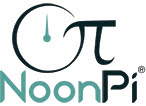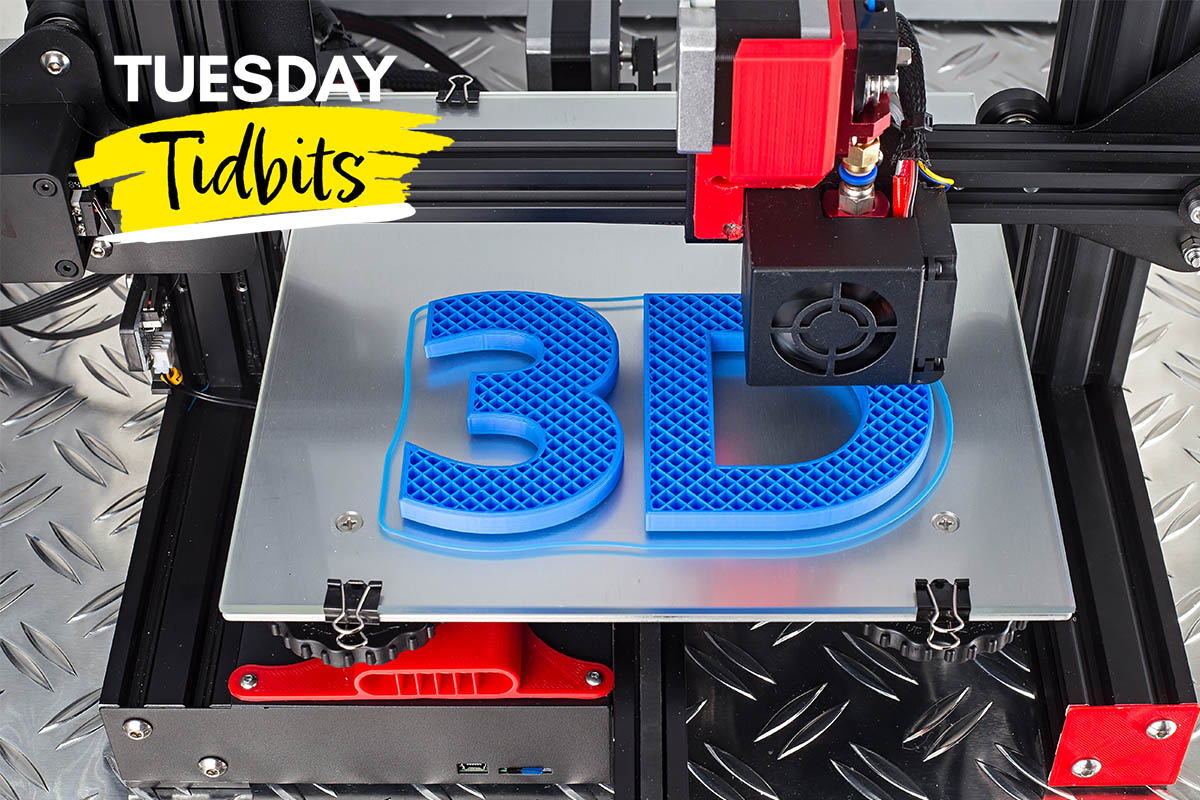Engineering plans and drawings involve considerable work and may take months and years to develop. Understandably, many engineering professionals are interested in protecting them and may wonder if copyright law can be applied to their projects. In most cases, the answer is “yes,” however there are a few exceptions.
Copyright is generally applied to computer programs, literary works, and artistic products, such as photographs, songs, and engineering plans. Moreover, a copyrighted plan may be two-dimensional, such as a drawing, or three-dimensional, like an actual component.
So, what is and what is not subject to copyright protection? Design concepts or ideas are not protected by copyright, but the engineer who articulates those concepts or ideas through plans or drawings may obtain copyright protection. When a work is completed, it is automatically protected by common law copyright. Yet, this protection is limited. The Copyright Act specifically offers protection to those engineering plans or drawings that fall into the category of “architectural works.” This work is defined as “independently created by its author” and possessing “some minimal degree of creativity.”
The Architectural Works Copyright Protection Act (AWCPA) was established in 1990. This act was created to provide copyright protection for physical architectural works. Prior to this, architectural works were not previously protected. Within this act, copyright protection of the “architectural work” includes the design of the building, architectural plans, and drawings. It is important to note that engineering plans and drawings under copyright protection are those plans that include the overall form of the building; individual standard features such as doors and windows do not fall under the scope of copyright protection. Also, the architectural work that is protected is limited to structures that are habitable by humans, and are permanent and stationary. Structures that do not fall under the Architectural Works Copyright Protection Act include bridges, dams, recreational vehicles, etc.
Copyright protection may extend to non-building objects such as electrical components and mechanical devices that are included in the plans; however, the physical objects are not afforded copyright protection, as they do not qualify as buildings as defined by the AWCPA. Instead, creators of these objects may want to seek out patent protection.
While formal copyright notices are no longer required to appear on the work, the copyright owner is smart to include the notice because it offers advantages in case of copyright infringement. Registering a copyright with the U.S. Copyright Office provides the owner with proof of the date of the creation, which is essential in any infringement action. Moreover, the owner of the plans cannot instigate any federal copyright infringement act without first registering the copyright. In legal cases, the courts have held the default rule that the author retains the copyright if there is not a written agreement to the contrary. If a contract is created between two parties and there is no discussion about copyright ownership, the engineering firm (the author) will retain the copyright.
The owner of a copyright in engineering plans has three rights: the right to reproduce the plans, the right to prepare byproduct works based on the plans, and the right to build the structure in the plans. And, the copyright owner also possesses the right to prevent others from exercising these rights.
If a copyright is infringed, the owner can proceed in a few ways. The copyright owner can recover the profits that would have been made if not for the infringing party. The owner can recover any profits the infringing party collects are a result of the infringement. And if the copyright has registered with the Copyright office prior to the infringement occurring, the copyright owner can insist on statutory damages. In addition, the copyright owner can seek a court order against the infringing party to cease production of designs or buildings.
In some cases a contract is entered between an “owner” (the persons or firm hiring the engineering firm), and an engineering firm, and the “owner” demands that engineers do not retain absolute or any ownership over their work. Here, an engineer or engineering firm should explore the possibility of retaining a nonexclusive license for his or her future use, where the engineer retains the right to use standard details that appear in the work. If the “owner” will not grant the engineer a license, the engineer may want to seek additional compensation for the work or forego the project altogether.
Original engineering plans and drawings are a vital part of an engineer’s business and so the engineer should seek out all necessary steps to safeguard his or her intellectual property.
Do you have any comments on this interesting subject? Add them in the comments section below.









Personally, I think the AWCPA goes too far.
In our metro area, we have an annual “Parade of Homes” where local builders showcase their new home models in a new subdivision. It’s a big show with thousands of visitors over a month or so.
Those of us attending are often warned not to take pictures nor to “borrow” the architectural features we see in homes we might build. Stern warnings! Yet, over the years, we’ve seen the same room arrangements, features and details repeated over and over again. Tray ceilings, bath arrangements, cabinet layouts, transom windows, fireplace and bar features, etc., etc. The list is nearly endless. Really, how many practical ways can you arrange seven rooms?
When I designed our home, I passed my detailed floorplans to the architect to be formalized. He proceeded to make 25 “improvements”, of which I had him undo 24 of them. So, clearly, I was in control of the design and I paid him for his work. Yet he ended up with the copyright. That doesn’t seem right.
It’s not like I’ll ever build another house at my age. It’s the principle of the thing.
What about the use of the symbols and drawing components that are used to create the plans. Often when engineering and architectural firms start businesses they use symbols and titleblocks from past employers or other sources. We have always been told that these are copywrited and may not be used, is that correct?
The designer’s copyright is superseded by the Freedom of Information Act. Plans or designs submitted to a public agency for permitting or design review become public record. Copies of such documents must be furnished by the public agency to any individual who makes a formal request such documents.